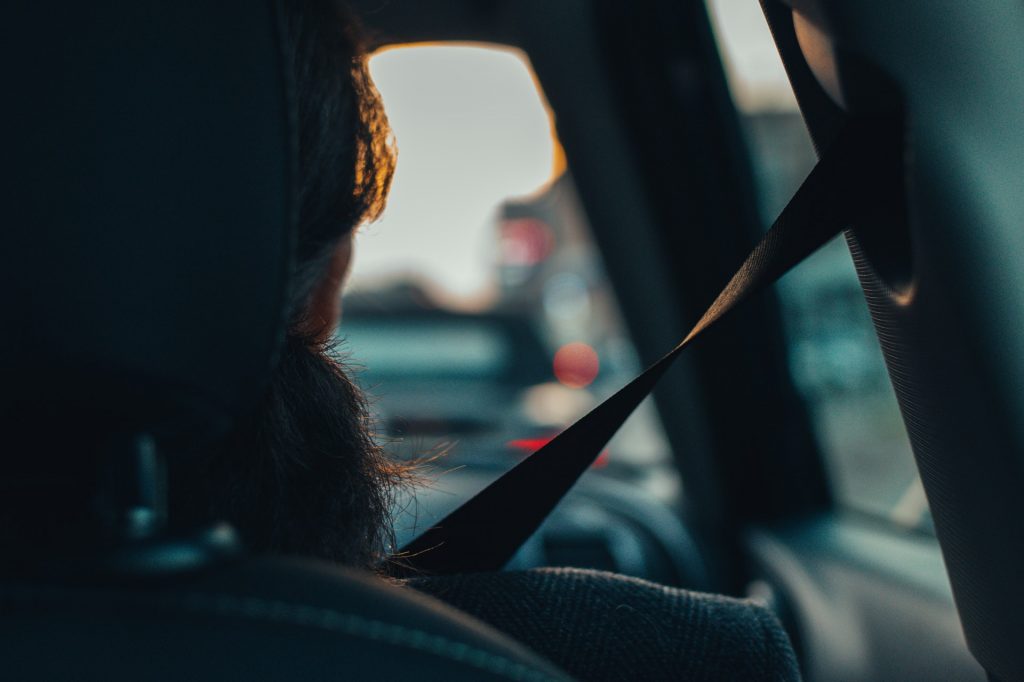It was said and now it’s done. AI cars are steadily increasing in the market. Indeed, we have seen massive improvements in the automotive world that ought to be appreciated.
That being said, when we discuss AI in the automotive sector, we no doubt marvel over the way our cars are able to navigate the toughest corners and terrain without losing their focus on the road. Nevertheless, accidents do happen; and when they do, they can be pretty devastating!
Which begs the question; should cars driven with AI put the passengers’ safety first before that of pedestrians during an impending accident?
We’ll be discussing this subject a little more closely.

AI has slowly become an integral part of the automotive industry
Passenger and Pedestrian Safety in Automation
Indeed, philosophers have been debating fearlessly regarding this quagmire for ages now. That’s because decisions regarding car automation become practical especially when the lives of passengers and pedestrians are in the mix.
In fact, there are a number of questions that arise when talking about this situation. Indeed, a recent survey carried out debates how our principles and rules should guide the automation of machines.
According to the responses of 2.3 million individuals around the world, the study put to test 13 scenarios whereby a person’s death could not be avoided in an accident.
The individuals were then requested to choose who they would like to be spared during the accident, analyzing factors such as the number of people, wealth and age as well.
Indeed, during the study, some answers turned out to be universal constants. For example, respondents opted to save humans instead of pets in the majority of the questionnaires.

We should strive to ensure that life safety is paramount on our roads
Interesting Results
Nevertheless, there was a disagreement as well. For example, individuals in certain countries were more open to hitting people at illegal crossings compared to others.
Moreover, religious affiliations also came into play, as well as the issue of economic inequality.
According to associate professor at the Massachusetts Institute of Technology, Mr. Iyad Rahwan, the most interesting (and surprising results) was the way in which respondents preferred sparing individuals that had a higher status.
Indeed, he found it especially worrisome that this factor had a much more compelling response as compared to the others. That being said, the researchers weren’t totally convinced that the findings would be used to shape future laws.
According to Edmond Awad from MIT, the results of the study were actually meant to be a source of information to experts regarding the guidelines that need to be adhered to.
Indeed, he continues to say that the study shouldn’t be sued by experts to apply to public references. Rather, they need to be aware that such preferences exist in the public.

AI has transformed how we drive cars and will continue to do so
Automation and Preserving Life
Indeed, the subject of automation and life safety are well tied to each other to the point that there is no separating the two.
We cannot drive automated cars without considering safety first.
Perhaps a more feasible solution for this current predicament is to enhance passenger safety. For example, one excellent way of doing this is fortifying the interior of the car such that the passengers’ safety is adhered to. Then, when it comes to pedestrian safety, the car can be modified to avoid hitting passengers in the event that it veers out of control.
However, such dynamics will take a while to implement. There’s a lot that needs to be considered before such a situation becomes ideal.
Indeed, we will have to factor in things such as the design of the car, the automation handle, as well as the speed of the car.
Adhering to Life Safety
That being said, passenger and pedestrian safety should always come first.
Analyzing the scenario, here are some of the ways in which we can ensure safety as we transition to automation full-time.
Firstly we need to regularly service our cars to ensure that they are able to handle rough terrain, have breaks that are working perfectly, and ensure that the car is in tip-top shape to prevent any accidents along the way.
Secondly, we need to adhere to the regular safety rules. For example, not crossing a red light can save the lives of many, fighting the urge to overlap when you’re on the road, as well as not going above the speed limit.










